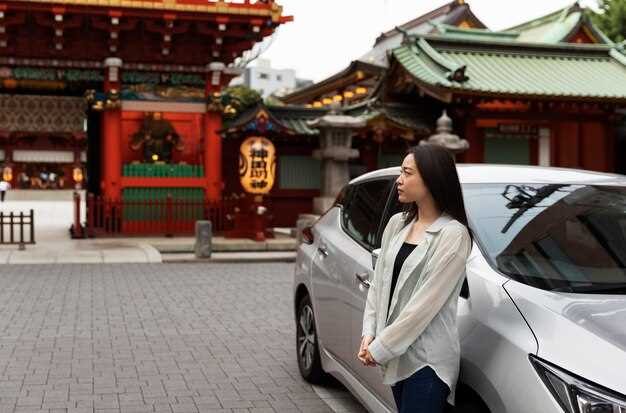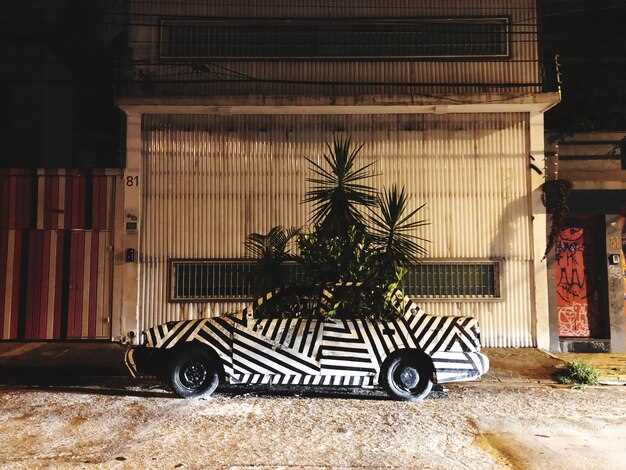
The automotive landscape of Japan has undergone tremendous changes over the decades, with various car segments rising and falling in popularity. Among these, the kei car, a uniquely Japanese category of automobiles, has captured the hearts of many residents and significantly influenced the country’s vehicle ecosystem. Introduced in the post-war era, kei cars were designed to meet specific regulations that prioritized efficiency, affordability, and compactness, making them an ideal choice for urban dwellers navigating crowded city streets.
Throughout the years, kei cars have evolved in response to shifting consumer preferences and technological advancements. Initially characterized by their small size and limited engine capacity, these vehicles have transformed, incorporating modern design elements and enhanced performance while still adhering to Japan‘s kei car regulations. This evolution reflects broader trends in the automotive industry, where manufacturers strive to balance environmental concerns with the demands for innovation and style.
As kei cars continue to thrive in the modern market, they also provide valuable insights into Japan’s cultural identity and economic landscape. By examining their journey from humble beginnings to a beloved segment, one can better understand the interplay between automotive development and Japan’s unique societal needs. The story of kei cars is not just one of engineering; it is a narrative that intertwines tradition, innovation, and a deep connection to the daily lives of Japanese citizens.
Historical Milestones: Key moments in Kei Car Development

The kei car segment in Japan has witnessed significant milestones since its inception. The term “kei car” was formally introduced in 1949, coinciding with the establishment of specific regulations aiming to promote economical vehicles for urban transportation. These regulations included size, engine displacement, and power output restrictions, setting the foundation for the kei car category.
In the early 1960s, kei cars began to gain popularity among the Japanese populace, largely due to their affordability and fuel efficiency. This era saw the introduction of iconic models such as the Suzuki Suzulight, which is often regarded as the first true kei car. Its innovative design and compact size catered perfectly to Japan’s growing urban landscapes.
The introduction of the 1976 Cubic Capacity Regulation was another crucial milestone, which increased the engine displacement limit from 360cc to 550cc. This change allowed manufacturers to improve performance while maintaining the character of kei cars. As a result, models like the Honda Acty and the Daihatsu Hijet emerged, further popularizing the segment.
The mid-1980s saw a transformation in kei car design, emphasizing aesthetics and comfort alongside efficiency. Manufacturers began to prioritize features such as advanced safety systems and more spacious interiors. The introduction of the “tallboy” design in this period also revolutionized the kei market, offering enhanced headroom and visibility.
The turn of the 21st century marked the launch of hybrid kei cars, blending traditional kei principles with modern technology. The 2003 Suzuki Alto and the 2009 Honda Acty Hybrid exemplified this shift, showcasing the evolution towards eco-friendly alternatives while maintaining the compact charm that defined kei cars.
More recently, the rise of electric kei cars has emerged as a response to environmental concerns and government incentives promoting clean energy vehicles. The introduction of models such as the Mitsubishi Minicab-MiEV highlights the innovative progression within the kei segment, aligning with global trends towards sustainability in automotive design.
As kei cars continue to evolve, they remain an essential part of Japan’s automotive history, reflecting the changing needs and preferences of the population while maintaining their original purpose of providing economical and efficient transportation solutions.
Regulations and Impact: How Laws Shaped Kei Car Design

Kei cars, or “light vehicles,” emerged in Japan as a response to post-war economic conditions and urbanization. Japanese regulations defined these vehicles with strict limits on size, engine displacement, and power output, fostering a unique design philosophy focused on efficiency and utility.
Initially, the government imposed a maximum length of 3.4 meters, a width of 1.48 meters, and an engine capacity not exceeding 660 cc. These legal constraints encouraged automakers to innovate while keeping production costs low. Consequently, manufacturers developed compact dimensions, lightweight materials, and simple mechanics, making Kei cars affordable and accessible for the masses.
The introduction of taxation and insurance benefits for Kei cars in the early 1980s further influenced design. Owners enjoyed lower registration fees and insurance premiums, incentivizing companies to enhance the appeal of these vehicles. As a result, Kei cars began to feature more modern designs, improved safety features, and advancements in fuel efficiency, making them increasingly attractive to consumers.
Environmental considerations also played a significant role in shaping Kei car design. Regulations aimed at reducing emissions led manufacturers to invest in cleaner technologies. This push for lower environmental impact resulted in Kei cars adopting innovative powertrains, including turbocharged engines, hybrid systems, and more efficient fuel management systems.
Moreover, Kei cars reflect Japan’s cultural values, prioritizing practicality and functionality. With limited space in urban areas, the compact design of these vehicles caters to everyday needs, influencing automotive aesthetics and engineering. The laws governing Kei cars ensured that they remained economically viable and environmentally friendly, establishing them as a staple of Japanese automotive culture.
Future Trends: Innovations Driving Kei Cars Forward
The kei car segment in Japan continues to evolve, influenced by changing consumer preferences and advancements in technology. One significant trend is the incorporation of electric powertrains. As environmental concerns grow, kei car manufacturers are investing in electric and hybrid models, which offer lower emissions and fuel efficiency.
Another innovation is the integration of smart technologies. Vehicles equipped with advanced driver assistance systems (ADAS) are becoming more common in the kei category. Features such as adaptive cruise control, collision avoidance, and lane-keeping assist improve safety and convenience for drivers navigating Japan’s urban environments.
Moreover, advancements in connectivity are transforming kei cars. Incorporating IoT technology allows for real-time data sharing between vehicles and infrastructure, enhancing navigational tools and traffic management. Consumers can expect enhanced infotainment systems that seamlessly integrate with mobile devices, providing drivers with a connected experience on the go.
Furthermore, as urbanization increases, kei cars are being designed with a focus on compactness and space efficiency. New innovations in materials and structural design enable manufacturers to maximize interior space while ensuring the vehicles remain lightweight and agile, critical for crowded city streets.
Lastly, sustainability is influencing Kei car designs. Manufacturers are exploring eco-friendly materials and manufacturing processes, contributing to a circular economy. This commitment not only addresses environmental concerns but also attracts eco-conscious consumers looking for sustainable transportation options.




